Removing calluses on feet
Removing calluses can sometimes seem like a chore, but with the right approach and careful measures, you can get your feet feeling smooth and healthy again.
Whether you’re struggling with stubborn calluses, calluses or bunions, here you’ll find valuable advice for giving your feet the attention they deserve.
What is a callus?
Calluses are actually a kind of protective shield that forms your skin in places where there is a lot of pressure and friction, such as your feet. You can think of it as your skin’s natural way of strengthening itself.
Under your feet there is normally a thin layer of calluses that act as a kind of cushion to protect your skin from daily wear and tear.
How do calluses form?
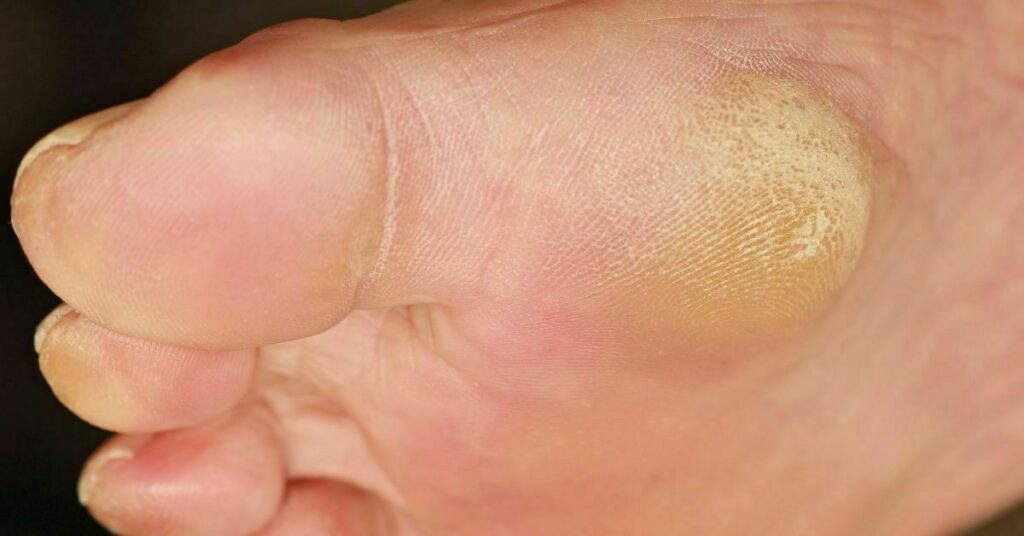
Calluses occur when your skin cells are produced faster than they normally flake off. This occurs in response to repeated pressure and friction on a specific area
The epidermis, the outermost layer of your skin, responds by producing more cells and thickening itself. This thickened area is known as a callus.
Calluses caused by external factors
It is important to understand that certain factors can exacerbate callus formation. Wearing tight footwear that puts pressure on specific areas of your feet, for example, can cause calluses.
Also, if you suffer from foot deformities, this can lead to excessive pressure on certain parts of your feet and therefore calluses.
In addition, sweaty feet, often associated with humid conditions, can increase the likelihood of calluses. The moisture softens the skin and can lead to more friction and pressure, making calluses easier to form.
Symptoms of calluses
Calluses can be recognized by the hardening and yellow color of the skin.
It usually results from excessive pressure on the feet. Underlying this is often incorrect footwear or improper foot position due to flat feet or overpronation.
It may feel uncomfortable while walking. In addition, calluses can crack and lead to foot gaps or heel fissures which can be very painful.
Corn due to calluses
A corn, also called a magpie’s eye, is a localized thickening of the skin caused by repeated pressure or friction. They often occur on the feet, especially on the top of the toes or on the sides of the sole of the foot.
Corns are often confused with calluses, but they are actually different. A corn is like a small, round, raised piece of skin that grows inward, while calluses are a thickening of the top layer of skin.
There are several ways to remove a corn, such as using a corn plaster. But if the corn is in a hard-to-reach place, it is advisable to go to a professional pedicurist.
Removing calluses yourself
If you’re looking for an effective way to remove excess calluses from your feet at home, a file or rasp may be just what you need. Before you begin, here are a few tips to keep in mind:
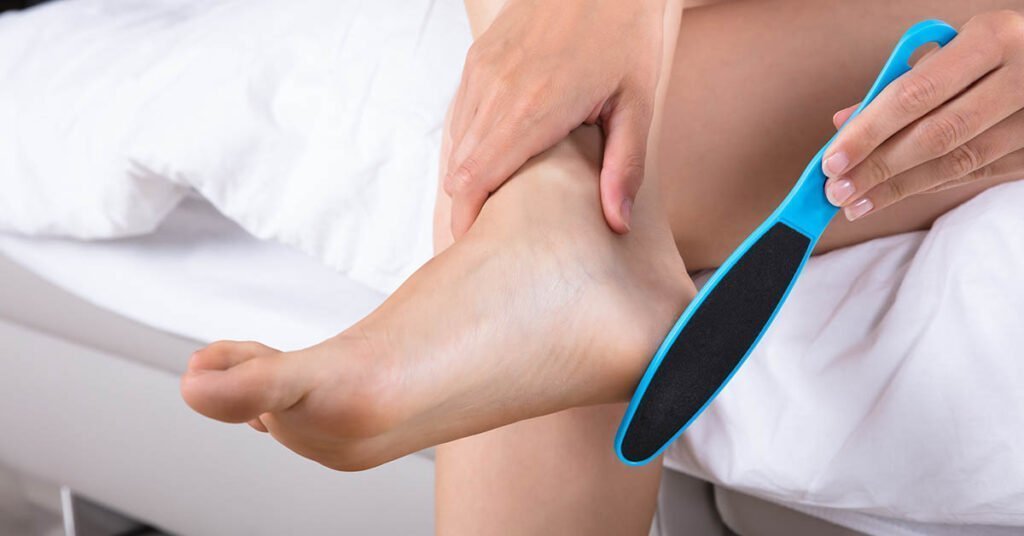
Be sure to choose a file or rasp specifically designed to safely remove calluses. These tools are usually made of metal, with a coarse surface that gently and effectively removes layers of dead skin and dead skin cells.
Before you begin removing calluses, make sure you have the following supplies on hand:
- Warm water: A bowl of warm water to soak your feet in.
- Soap: A mild soap to clean your feet.
- A callus file or pumice stone: These are essential tools for removing calluses.
- Towel: To pat your feet dry after soaking.
- Foot Cream: A moisturizer to hydrate your feet after treatment.
Feet Weeks
Start by filling a bowl with warm water. Make sure the water is warm, but not too hot. Add some mild soap to the water. Soak your feet for about 10-15 minutes. This will soften your skin and make the calluses easier to remove.
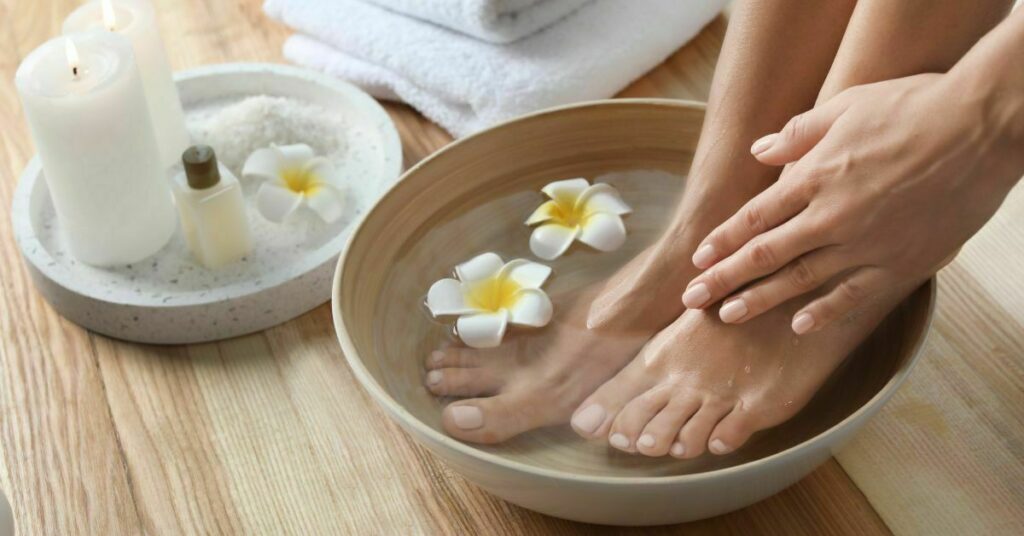
Cleaning and Drying
After soaking, use a mild soap to wash your feet thoroughly. Remove any dirt and soap residue. Gently dry your feet with a towel. Make sure your feet are completely dry before proceeding.
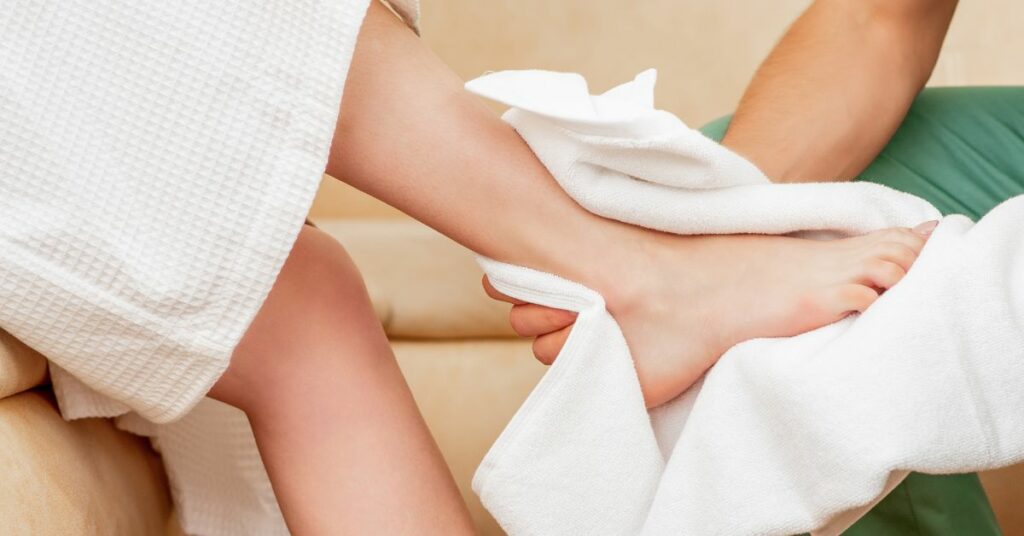
Callus Removal
This is the most important part of the procedure. Use a callus file or pumice stone to gently remove calluses. Work in a light, downward motion and do not apply too much pressure to avoid damaging healthy skin.
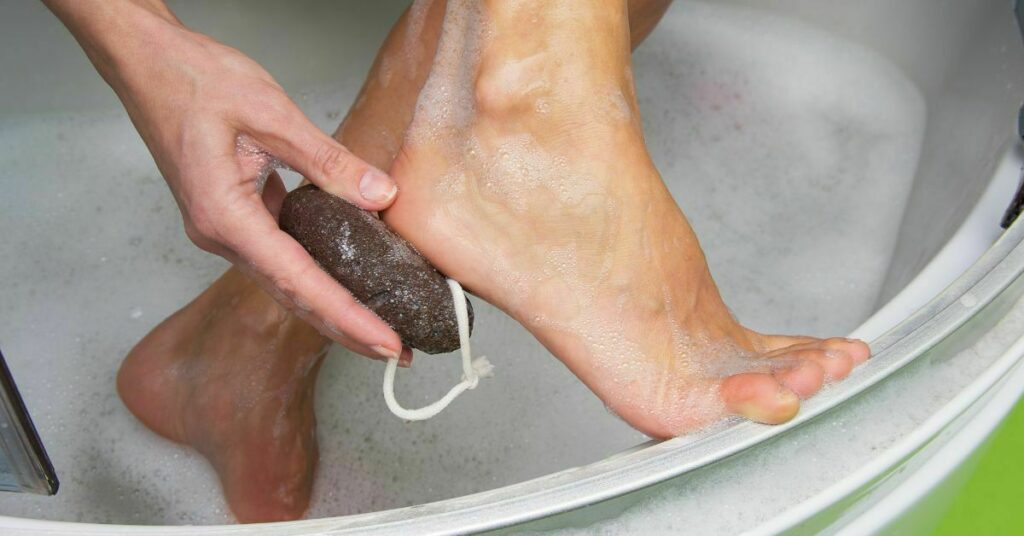
Keep filing gently until you notice the calluses begin to disappear. Be patient; it may take a while.
Feet Moisturize
After removing calluses, it is important to keep your feet well moisturized. Apply a foot cream to keep your skin soft and supple. Massage the cream into your feet, including the areas where you have removed calluses.
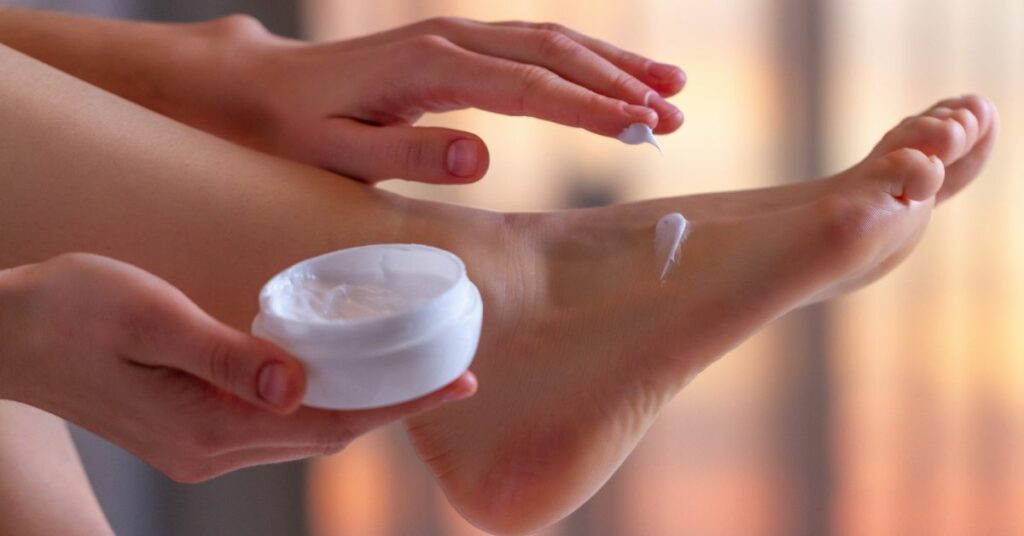
Removing stubborn calluses by a pedicurist
Calluses in hard-to-reach areas can be quite annoying. You may have tried to remove it yourself, but that can be painful and frustrating.
Fortunately, there is a better option: go to a pedicurist for professional callus removal on your feet.
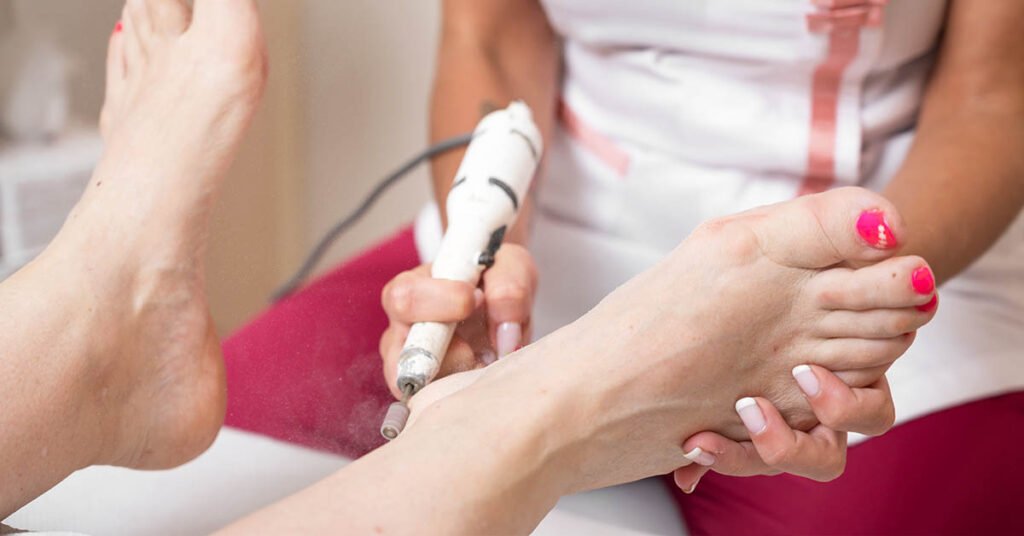
A pedicurist has special tools and methods to effectively treat your feet. In addition, they can advise you on how to care for your feet to prevent recurrence.
You can find a pedicurist at pedicure.com
